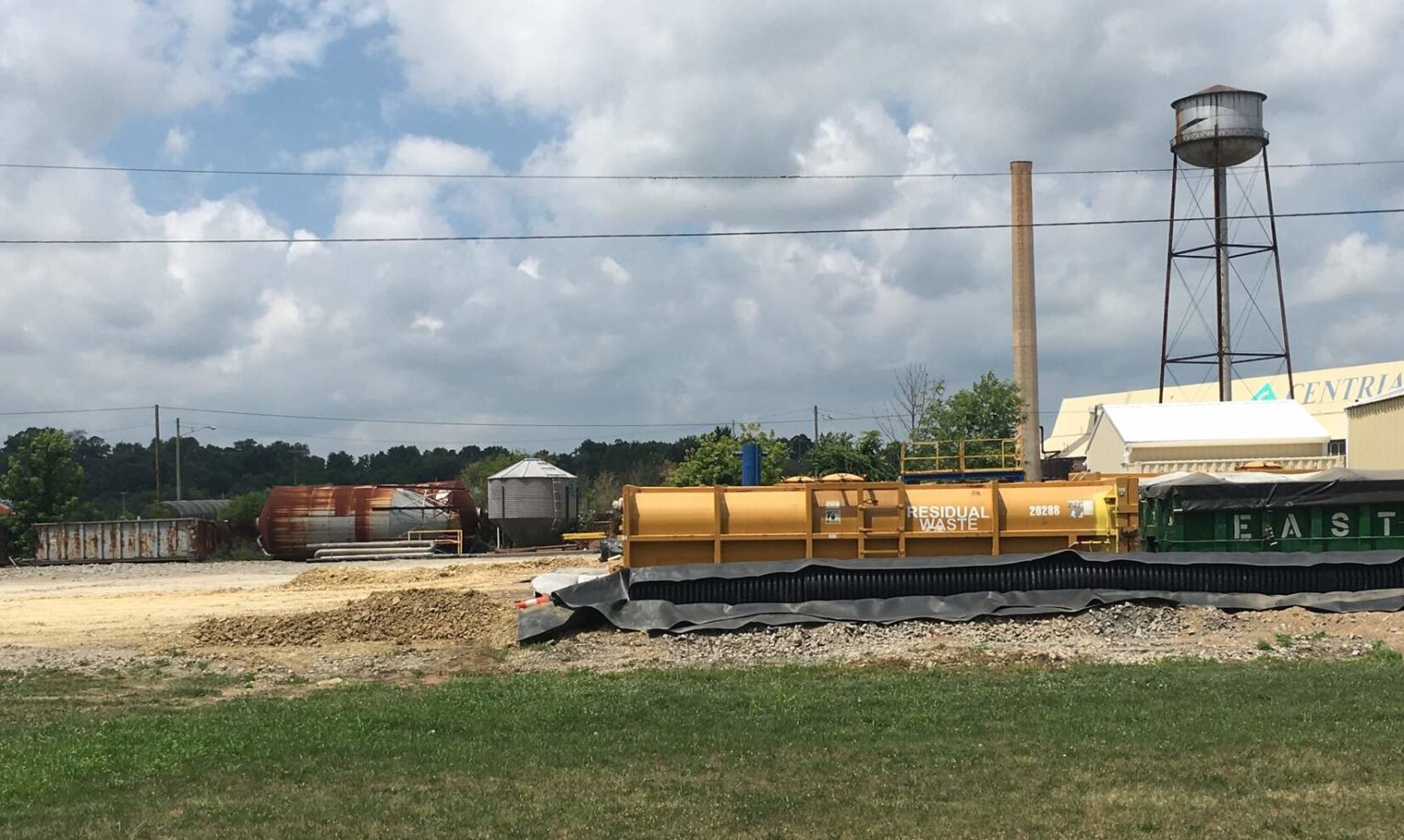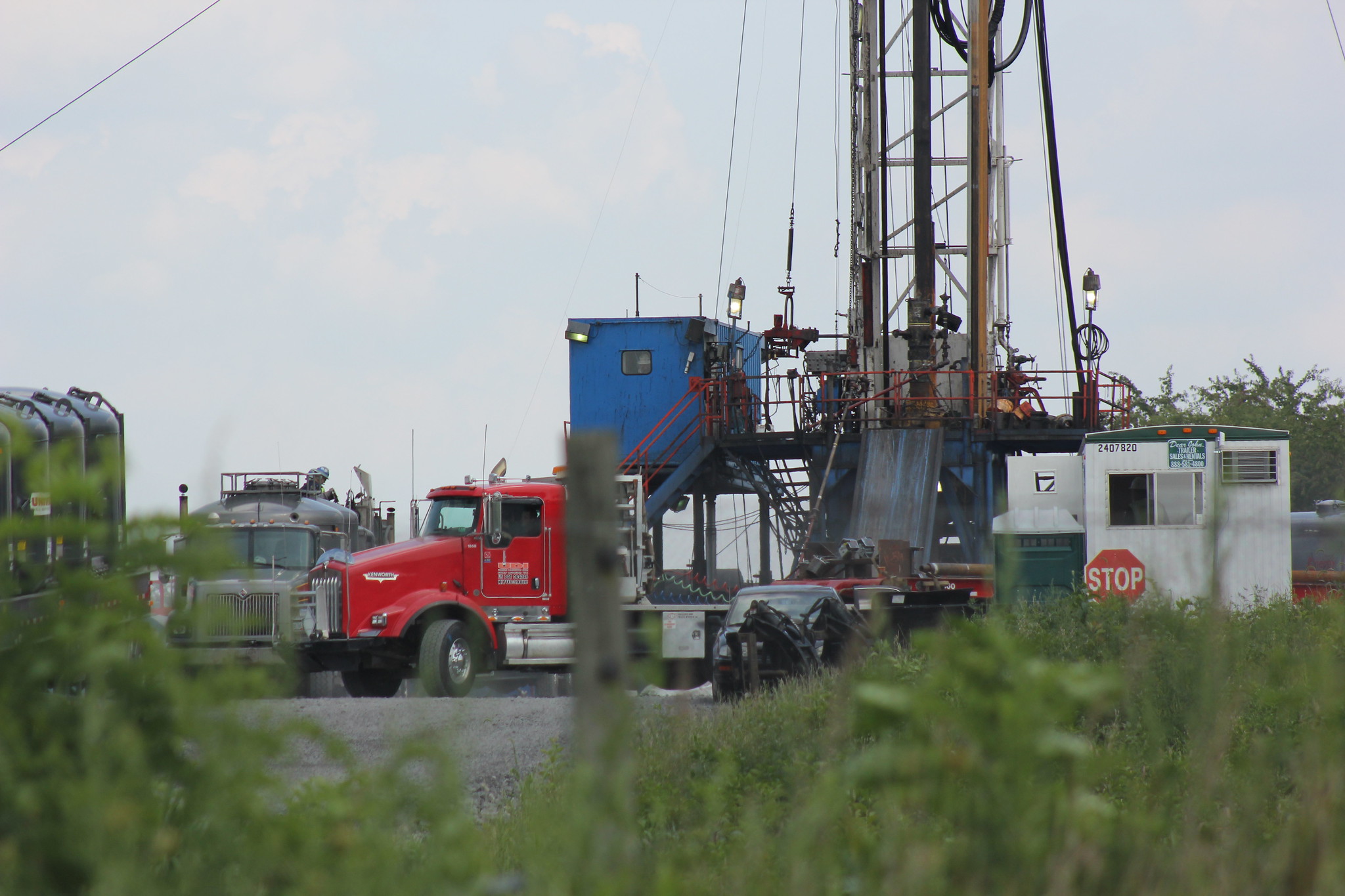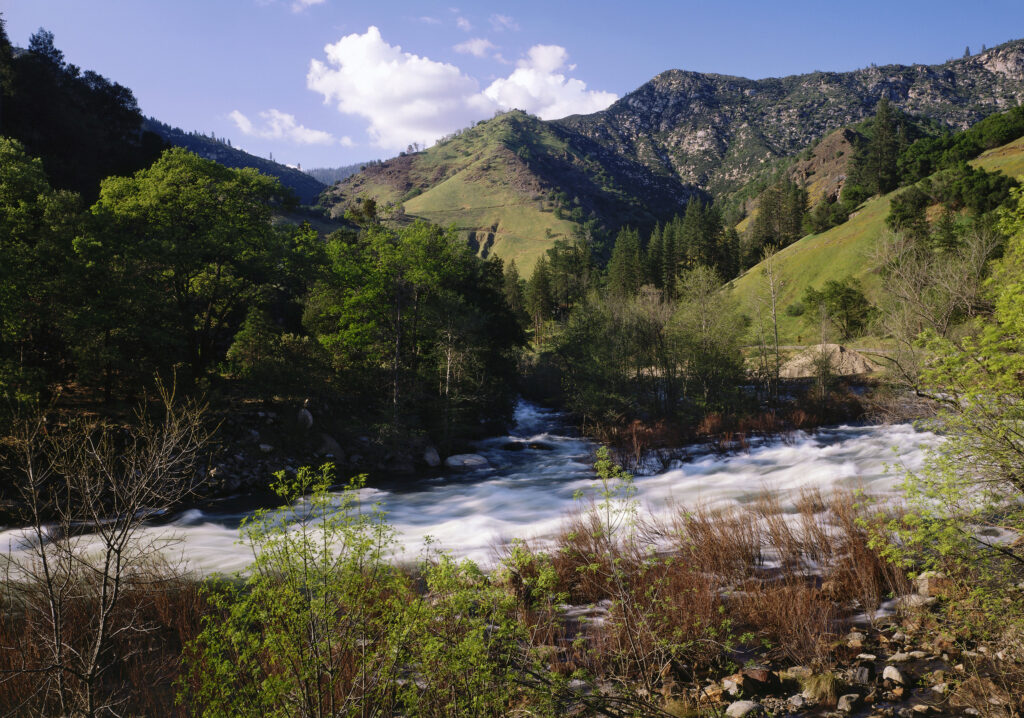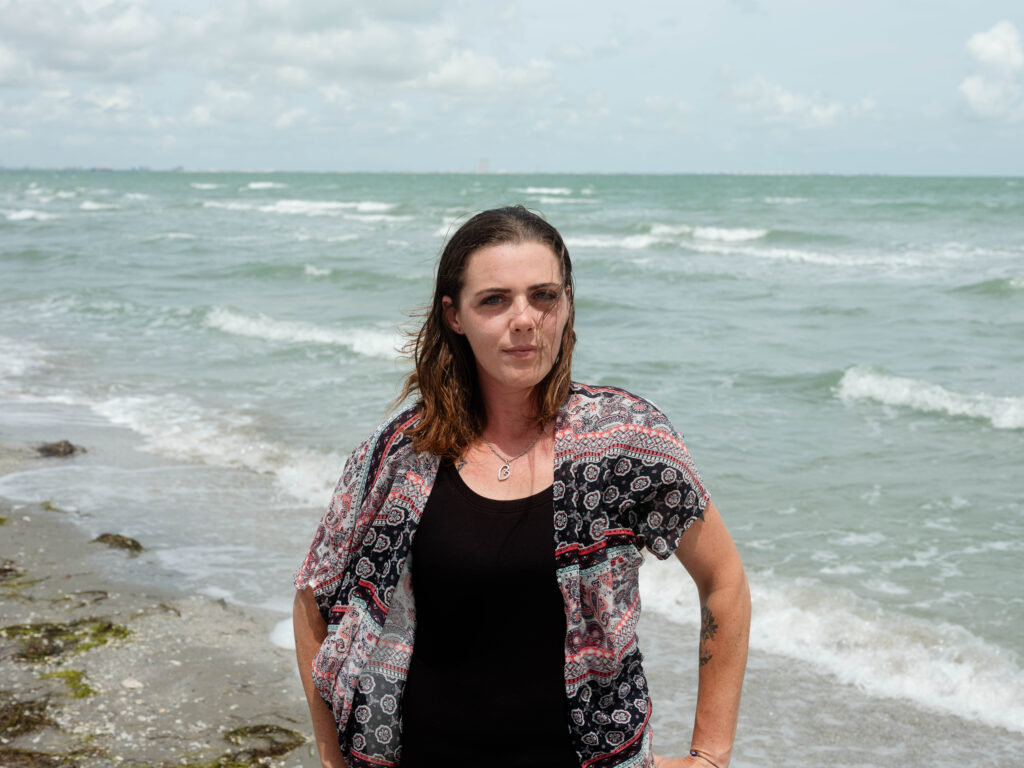On the evening of February 1, a fire erupted at a West Virginia facility that processes radioactive oilfield waste generated from nearby fracking operations, injuring two workers. A video of the fire captured by local news station WTRF shows a raging nighttime inferno billowing out of the collapsed building.
Initial news reports described the facility — located in Dallas Pike, 50 miles southwest of Pittsburgh — as a truck stop cleaning station. However, the West Virginia Department of Environmental Protection (WVDEP) confirmed to DeSmog that the facility, which the agency says is owned and operated by Ohio-based company Petta Enterprises, does a lot more than clean trucks: It processes oil and gas waste. And the agency confirmed that it was the volatile nature of this waste — transported inside trucks arriving at the site — that helped cause the blaze.
The blast raises concerns about the risk to health and the environment from waste processing facilities like this which continue to pop up around the Marcellus and Utica shale region, not just in West Virginia, but also Ohio and Pennsylvania. Community members, advocacy groups, and some industry workers fear that the government, whether local, state, or federal, is not properly regulating or monitoring the toxic and radioactive waste produced from fracking and being processed at sites like the Dallas Pike facility.
Lou Vargo, Director of
“We got there at 8:00 p.m. that night and everything was pretty well burnt up,” sa
Video of the February 1 fire at Petta’s Dallas Pike, West Virginia, oil and gas waste processing site, from local news station WTRF.
Two workers suffered burns. One of them, according to a brief summary of the incident provided to DeSmog by the WVDEP, was “badly injured.” Vargo said this worker was transported to a burn center in Pittsburgh, but had no further details.
The Department of Environmental Protection summary indicates that the torpedo heater caused the explosion by igniting condensate gas and petroleum that was “mingled” with the fracking flowback matter and brine in the truck. Flowback and brine are both fluid byproducts from oil and gas extraction with toxic and radioactive constituents.
What Happens to Radioactive Oil and Gas Waste?
“Geologic formations that contain oil and gas deposits also contain naturally-occurring radionuclides,” explains a U.S. Environmental Protection Agency (EPA) webpage on the various radioactive waste products generated
The West Virginia Department of Environmental Protection’s September 2017 Letter of Authorization to Petta indicates both brine and flowback are being processed at the facility.
When asked if officials had concerns about a
West Virginia Department of Health and Human Resources (DHHR) spokesperson Allison Adler said, “Communication was received from the WVDEP that Bob Applegate of the Petta facility did a walk around of the facility with a radiation survey meter and noted that the area around the building did not receive any readings higher then background levels of radiation.” She said DHHR staff have not been onsite at the facility since the incident.
“DHHR is currently working with the watch center to streamline the process to notify DHHR of events at TENORM facilities directly,” said Adler. “DHHR does not have information relating to the equipment that was burned or details of how the fire spread so quickly.”
WVDEP did not respond directly to questions about exactly what material or equipment was burned in the fire, and the brief incident summary passed along by the agency does not include these details.
But an industry worker who says he has hauled to Petta in Dallas Pike on dozens of occasions since the facility began operating in 2017
While WVDEP’s notice of authorization merely refer
“It is not just a clean out, there are tanks and sludge pits in that building filled with whatever was in them on that day,” sa
“Petta takes the dirty, nasty shit, a mixture of whatever the hell was on that
Petta’s oil and gas waste processing facility in Cambridge, Ohio, which operates in a similar fashion to its facility in Dallas Pike, West Virginia, which was the site of a recent fire. Credit: Kerri Bond
Petta also operates an oil and gas waste treatment facility in Cambridge, Ohio. At this facility, similar to what Peter describes at the Dallas Pike facility, trucks carry liquid fracking waste, and unload their contents into “half round” containers and pits that enable solids to settle out. Inspection reports from the Ohio Department of Natural Resources convey that these solids are mixed with other material, such as lime and corn cob base, an attempt to solidify the waste. The trucks are cleaned out and the liquid wastewater is hauled to injection wells in Ohio for disposal.
Peter adds that for several years now he has had concerns about workers at oil and gas waste treatment facilities like Petta. Those concerns extend to his own health, he says, but he has been
“This is not the first time this has happened at a facility like this, the regulators are not getting it,” said Peter, of the February 1 fire.
News reports indicate that on April 25, 2018, two workers and a nearby sheriff’s deputy were taken to the hospital after a “hazardous materials incident” at Petta’s Dallas Pike facility. An inspection report of the Ohio Department of Natural Resources from January 2020 indicates that at Petta’s Cambridge, Ohio facility, “A fire involving waste and hot lime had occurred at the facility on 12/21/2019.”
“My message to the regulators in West Virginia, in Ohio, in Pennsylvania, as a matter of fact to the federal ones too, get your fucking asses out here and see what the fuck is going on,” said Peter.
A Largely Unregulated Industry in Ohio and West Virginia
Oil and gas waste treatment facilities receive scant regulation by the Ohio Department of Natural Resources (ODNR) and the West Virginia Department of Environmental Protection.
A Marcellus Shale gas drilling operation run by Rex Energy in Jackson Township, Pennsylvania, in 2012. Credit: WCN 24/7, CC BY–NC 2.0
In Ohio, to store, recycle, treat, process, or dispose of brine and other oilfield waste, companies simply submit an application that is reviewed by the chief of the ODNR. These are called “Chief’s Order” facilities, and ODNR spokesperson Sarah Wickham says there are currently 23 of these facilities operating in Ohio. No public meetings precede the construction of these facilities, many locals remain unaware they exist, and the Ohio Department of Health does not regularly monitor them, says Teresa Mills, Executive Director of Buckeye Environmental Network.
In West Virginia, the Department of Environmental Protection has no permit specific to oil and gas waste treatment facilities and is unaware of how many are located in the state. “Depending on how this type of facility conducts its operations, it may not need a permit or it could require a multi-sector industrial stormwater general permit, a solid waste permit, or perhaps an individual WV/NPDES discharge permit,” sa
“The WVDEP does not have a definitive list of these facilities because each facility, depending on the specifics of their operation, may have differing permit requirements, or none at all,” said Fletcher.
“If these facilities are dealing with TENORM, they must register with the DHHR [Department of Health and Human Resources],” he added.
According to a September 14, 2017 WVDEP
WVDEP‘s reply to Petta conveys confusion around the term TENORM. While EPA explicitly states that brine qualifies as TENORM, WVDEP implies that it is not
“Since this date, the facility has been working with DHHR to become registered,” sa
In a February 13, 2020 letter from Tera E. Patton, the Radiologic Health Chief with DHHR, to Brian Petta, the agency states that no violations were noted during the January 16 visit but there were several issues that needed to be addressed, including “drink containers and cigarettes (both butts and packing” left in the work areas.
“General uncleanliness of the facility/site indicate sloppy work practices that could lead to spread of radiological contamination and increased potential of exposure of staff,” the letter
The facility was inspected again by DHHR on October 9, 2020. The inspector noted
Oil and gas waste treatment facilities have long concerned residents and environmental advocacy groups across the Marcellus and Utica shale region.
“With over 10 years of watching the facilities, asking for public records, and even trying to locate the exact address of their operations, I have been unable to understand how any of these industries operate,” said Leatra Harper, with FreshWater Accountability Project, an Ohio-based watchdog focused on unconventional oil and gas development.
“No one knows what is in the waste that is being handled, so workers are not protected from exposures to radiation and the unknown chemicals which may be extremely hazardous,” said Harper. “All this stems from falsely labeling frack waste as non-hazardous and must be stopped, but there are no measures taken to doing so.”
Under a 1980 amendment to the Resource Conservation and Recovery Act, which empowers the EPA to regulate hazardous waste from cradle to grave, toxic waste streams from oil and gas production are exempt from being labelled as hazardous, a decision the EPA affirmed in 1988 because doing so would “cause a severe economic impact” on the industry.
Reports from inspections at Petta’s Cambridge, Ohio, facility conducted by the Ohio Department of Natural Resources and obtained from Teresa Mills with Buckeye Environmental Network, also indicate problems.
Harper, with FreshWater Accountability Project, says she has tried to get the Ohio Department of Health to investigate the state’s oil and gas waste treatment facilities
“This incident was not reported to OSHA,” said
The West Virginia Oil & Natural Gas Association has not replied to questions about worker safety and radioactivity. Petta has not replied to questions.
Main image: Petta Enterprises also owns a facility that processes oil and gas industry waste in Cambridge, Ohio, similar to its facility in Dallas Pike, West Virginia, which was the site of a recent fire. Credit: Kerri Bond
Subscribe to our newsletter
Stay up to date with DeSmog news and alerts









